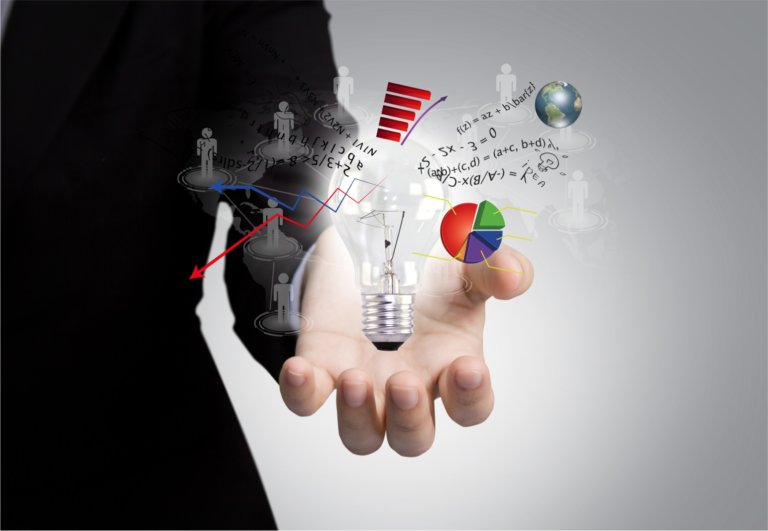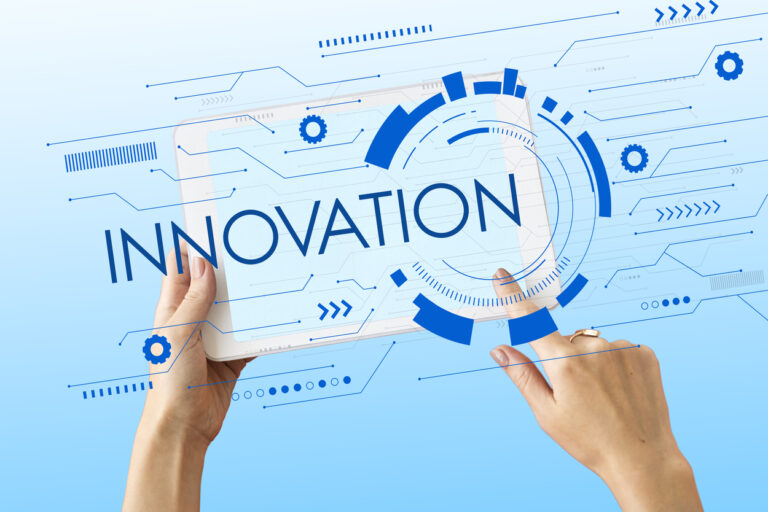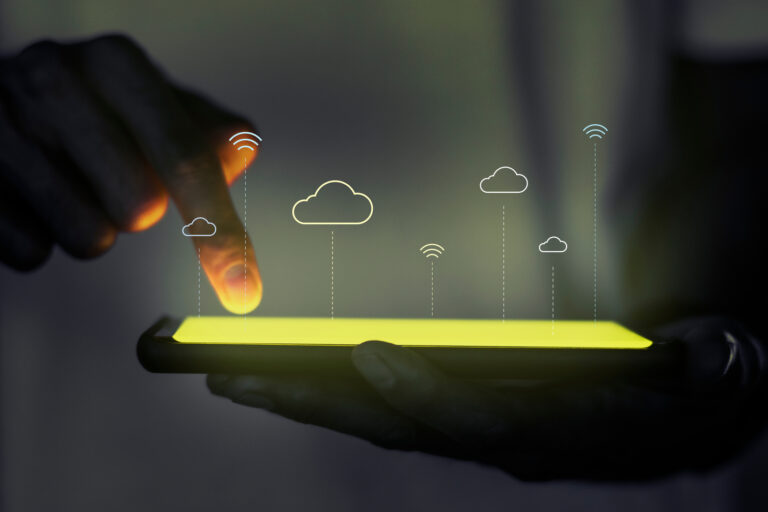The new way to combine technology and human insight.
Artificial intelligence (AI) is a rapidly evolving field of computer science that deals with creating intelligent machines that can work and learn like humans. With the exponential growth of data and computing power, AI has become an essential tool for solving complex problems across various industries. In this blog, we will explore the history, applications, and future of AI.
What is Artificial Intelligence?
Artificial Intelligence refers to the ability of a machine or computer program to perform tasks that typically require human intelligence. AI systems can learn, reason, and understand the natural language, which enables them to interact with humans in a way that is similar to how humans interact with each other.
AI systems can be broadly categorized into two types: Narrow AI and General AI. Narrow AI, also known as weak AI, refers to a system that is designed to perform a specific task, such as playing chess or recognizing faces in photos. General AI, also known as strong AI, refers to a system that can perform any intellectual task that a human can. General AI is still largely theoretical and has not yet been achieved.
How does Artificial Intelligence work?
AI systems rely on a combination of machine learning, deep learning, and natural language processing. Machine learning refers to the ability of a machine to learn from data without being explicitly programmed. In other words, the machine can recognize patterns and make decisions based on the data it has been given. Deep learning is a subset of machine learning that involves the use of artificial neural networks to learn from large amounts of data. Natural language processing refers to the ability of a machine to understand and interpret human language.
AI systems require large amounts of data to train on, and the quality of the data used to train the system is critical to its performance. Once the system has been trained, it can be deployed to perform its intended task, such as recognizing speech or identifying objects in photos.
History of Artificial Intelligence
The origins of AI can be traced back to the 1940s when pioneers such as John McCarthy, Marvin Minsky, and Claude Shannon began working on the concept of creating machines that could mimic human intelligence. The first successful demonstration of AI was the Logic Theorist, developed by Allen Newell and Herbert Simon in 1956. The program could prove mathematical theorems automatically, thus demonstrating the potential of AI for automating cognitive tasks.
In the following years, AI researchers developed other landmark programs such as the General Problem Solver (GPS) and the famous ELIZA program, which simulated a conversation with a psychotherapist. However, progress in AI was slow due to limitations in computing power and data availability.
The field of AI gained momentum in the 1980s when machine learning algorithms, such as neural networks and decision trees, were developed. These algorithms enabled machines to learn from data, paving the way for new applications in areas such as image and speech recognition. In the 1990s, AI saw another breakthrough with the development of reinforcement learning, which enabled machines to learn through trial and error.
Today, AI is rapidly advancing with breakthroughs in natural language processing, computer vision, and deep learning. As a result, AI is now being used to solve complex problems across a wide range of industries.
Applications of Artificial Intelligence
Artificial intelligence has a vast range of applications in different industries. Here are a few examples:
- Healthcare: AI is transforming healthcare by enabling doctors to make better diagnoses, predict health risks, and personalize treatments. AI-powered tools are being used to analyze medical images, monitor patients, and develop new drugs.
- Finance: AI is being used in finance to automate financial analysis, detect fraud, and make investment decisions. AI-powered chatbots are also being used to provide customer support and financial advice.
- Transportation: Self-driving cars and trucks are a perfect example of AI in transportation. These vehicles use AI to navigate roads and make decisions based on real-time data, reducing accidents and increasing efficiency.
- Retail: AI is being used in retail to analyze customer behavior, optimize pricing, and personalize recommendations. AI-powered chatbots are also being used to provide customer support and assistance.
- Education: AI is being used in education to personalize learning, automate administrative tasks, and improve student outcomes. AI-powered tools are being used to analyze student performance, provide feedback, and develop personalized learning plans.
Future of Artificial Intelligence
The future of AI looks bright with new breakthroughs being made every day. Here are some areas where AI is expected to have a significant impact in the coming years:
- Robotics: AI-powered robots are expected to become more prevalent in industries such as manufacturing, healthcare, and transportation. These robots will be able to perform complex tasks, work alongside humans, and make decisions based on real-time data.
- Internet of Things (IoT): IoT devices, such as sensors and wearables, are generating vast amounts of data that can be used to improve decision-making. AI will play a critical role in processing and analyzing this data, enabling businesses to optimize operations and improve customer experiences.
- Natural Language Processing (NLP): NLP is a field of AI that deals with understanding and generating human language. With the exponential growth of data, NLP will play an increasingly critical role in analyzing text data, developing chatbots, and improving customer service.
Potential Applications of Artificial Intelligence
Artificial Intelligence has the potential to transform many industries, including healthcare, finance, and transportation. Here are some of the potential applications of AI:
- Healthcare: AI can be used to analyze medical images and assist with the diagnosis of diseases. AI systems can also be used to monitor patients remotely and provide personalized treatment plans based on their health data.
- Finance: AI can be used to analyze financial data and make investment decisions. AI systems can also be used to detect fraudulent activity and improve customer service by providing personalized recommendations.
- Transportation: AI can be used to improve traffic flow and reduce congestion. AI systems can also be used to improve safety by detecting and alerting drivers to potential hazards.
- Manufacturing: AI can be used to optimize production processes and reduce waste. AI systems can also be used to predict equipment failure and schedule maintenance proactively.
- Customer service: AI can be used to provide personalized customer service through chatbots and virtual assistants. AI systems can also be used to analyze customer data to improve products and services.
Challenges and Risks of Artificial Intelligence
While Artificial Intelligence has many potential benefits, it also poses significant challenges and risks. One of the most significant risks of AI is the potential for bias. AI systems are only as unbiased as the data they are trained on, and if the data contains biases, the AI system will learn and replicate those biases. This can result in discriminatory outcomes, such as denying loans or job opportunities to certain groups of people.
Another significant risk of AI is the potential for job loss. As AI systems become more advanced, they will be able to perform tasks that were previously performed by humans, potentially leading to widespread job loss in certain industries.




